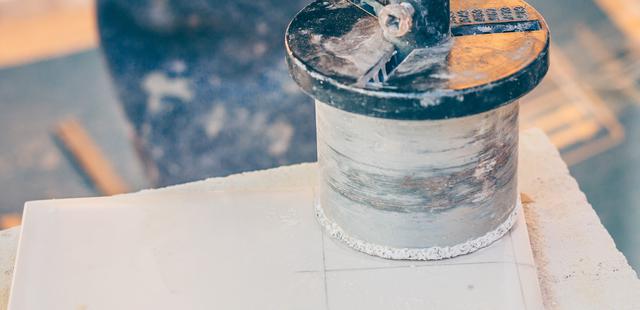Stone tiles have become a popular flooring option for homeowners due to their durability, elegance, and timeless appeal. However, before investing in stone tiles, homeowners should consider various factors to ensure that the installation process meets their expectations and budgets. Here are the top three things to consider before installing stone tiles in your home.
Type of Stone Tile
There are various types of stone tiles available, each with its unique characteristics and benefits. Homeowners should consider the type of stone tile that best suits their needs, preferences, and budget.
- Marble, for example, is a classic and elegant option that is available in various colors and patterns. However, marble is also porous, and it requires regular sealing and maintenance to prevent staining and damage.
- Granite is another popular option due to its durability and resistance to heat, scratches, and stains. Granite is also available in different colors and patterns, making it a versatile choice for various home décor styles.
- Travertine is a natural stone that has a textured surface and is available in earthy tones. Travertine is a relatively affordable option, but it requires regular sealing to prevent staining and damage.
- Slate is a durable and slip-resistant option that is ideal for high-traffic areas. However, slate is not as versatile as other types of stone tiles and is only available in dark hues.
The type of stone tile that you choose will determine the overall look and feel of your home, as well as the maintenance and care required. The cost of stone tile installation varies depending on the type of stone tile chosen, with marble being the most expensive and travertine being the most affordable. On average, the cost of stone tile installation is between $10 and $30 per square foot.
Subfloor Preparation
Before installing stone tiles, homeowners should ensure that their subfloor is suitable for stone tile installation. Stone tiles are heavy and require a sturdy and level subfloor to prevent cracking and damage.
If your subfloor is made of wood, it may require additional support or reinforcement to ensure that it can withstand the weight of the stone tiles. Additionally, any cracks or dips in the subfloor should be leveled and repaired before installing stone tiles.
Concrete subfloors should also be level and free of cracks and debris before installing stone tiles. Homeowners may need to hire a professional to assess the condition of their subfloor and make any necessary repairs or preparations.
The cost of subfloor preparation varies depending on the condition of the existing subfloor and the type of stone tile chosen. On average, subfloor preparation can cost between $2 and $8 per square foot.
Installation Method
There are various installation methods for stone tiles, including thinset, mortar, and adhesive. Homeowners should consider the installation method that best suits their needs, preferences, and budget.
- Thinset is a cement-based adhesive that is ideal for heavy stone tiles and provides a strong and durable bond. However, thinset requires more time and expertise to install and can be messy.
- Mortar is another popular installation method that is ideal for large or irregularly shaped stone tiles. Mortar provides a strong bond and can be customized to match the color of the stone tiles. However, mortar requires more time and expertise to install and can be messy.
- Adhesive is a fast and easy installation method that is ideal for small or lightweight stone tiles. Adhesive provides a strong bond and dries quickly, but it may not be as durable as other installation methods.
The installation method that you choose will determine the durability and longevity of your stone tiles. The cost of stone tile installation varies depending on the installation method chosen, with thinset being the most expensive and adhesive being the most affordable.






comments